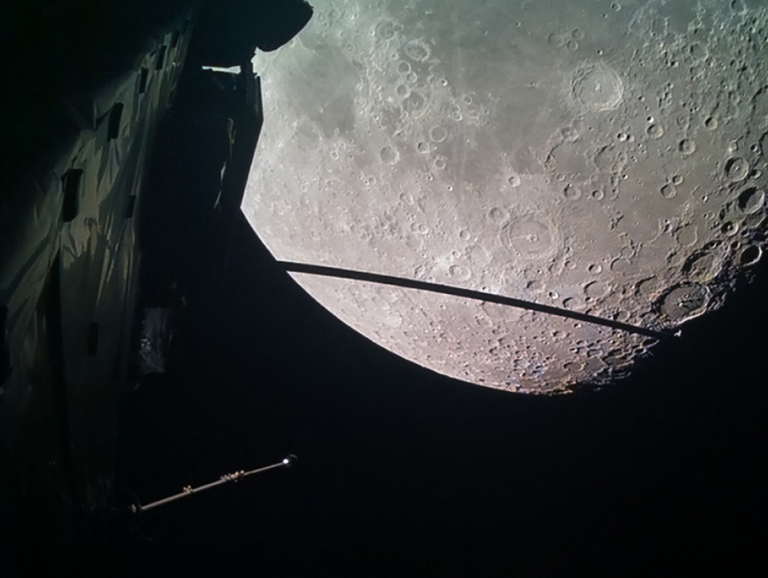NASA has successfully deployed a solar sail in space for the first time, aiming to use sunlight as a propulsion method for future interstellar travel. The solar sail was unfurled 1,000 kilometers above Earth, four months after its launch, and it is expected to be visible from Earth under ideal conditions. The sail, measuring 80 square meters—about the size of six parking spaces—works by reflecting sunlight, allowing photons to push the craft forward, much like how a sailboat is propelled by the wind.
This solar sailing technology eliminates the need for heavy propulsion systems like rockets, enabling a spacecraft to travel indefinitely without needing to refuel or adjust its position. However, the lightweight and large structure of the sail makes it susceptible to damage from space debris and particles. Despite these challenges, recent technological advances have made the practical use of solar sails feasible, allowing the force of sunlight to act on the sail with an effect comparable to the weight of a paperclip.
The development of suitable materials and structures has been crucial for this breakthrough. According to Keats Wilkie, the mission’s principal investigator at NASA’s Langley Research Center, the sail’s booms are designed to be lightweight and stable while folding compactly, addressing the limitations of previous designs. Future iterations of solar sails could be significantly larger, potentially powering missions to the Moon, Mars, and beyond.
As Alan Rhodes, lead systems engineer at NASA’s Ames Research Center, explains, the Sun provides a limitless source of propulsion. This innovation could eliminate the need for massive fuel tanks on future missions, as larger sails could harness sunlight for exploration, using an abundant and sustainable resource. This milestone represents a significant step toward a new era of space exploration powered by solar energy.
Ask me anything
Explore related questions





